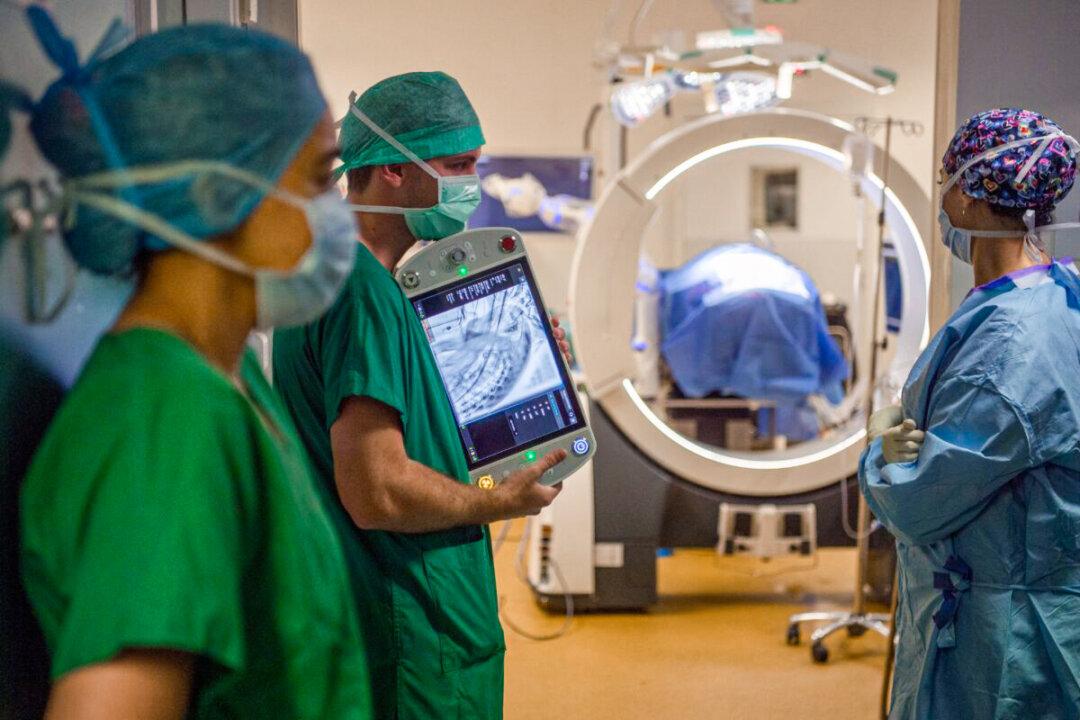The mortality rate among European cancer patients who contracted COVID-19 is lower now than it was earlier in the pandemic, according to new research published Nov.24.
Researchers in London, England, studied 2,634 patients in six European countries with solid cancer (abnormal cellular growths in “solid” organs such as the breast or prostate) or hematologic cancer (which begins in blood-forming tissue or in the cells of the immune system) and COVID-19.





